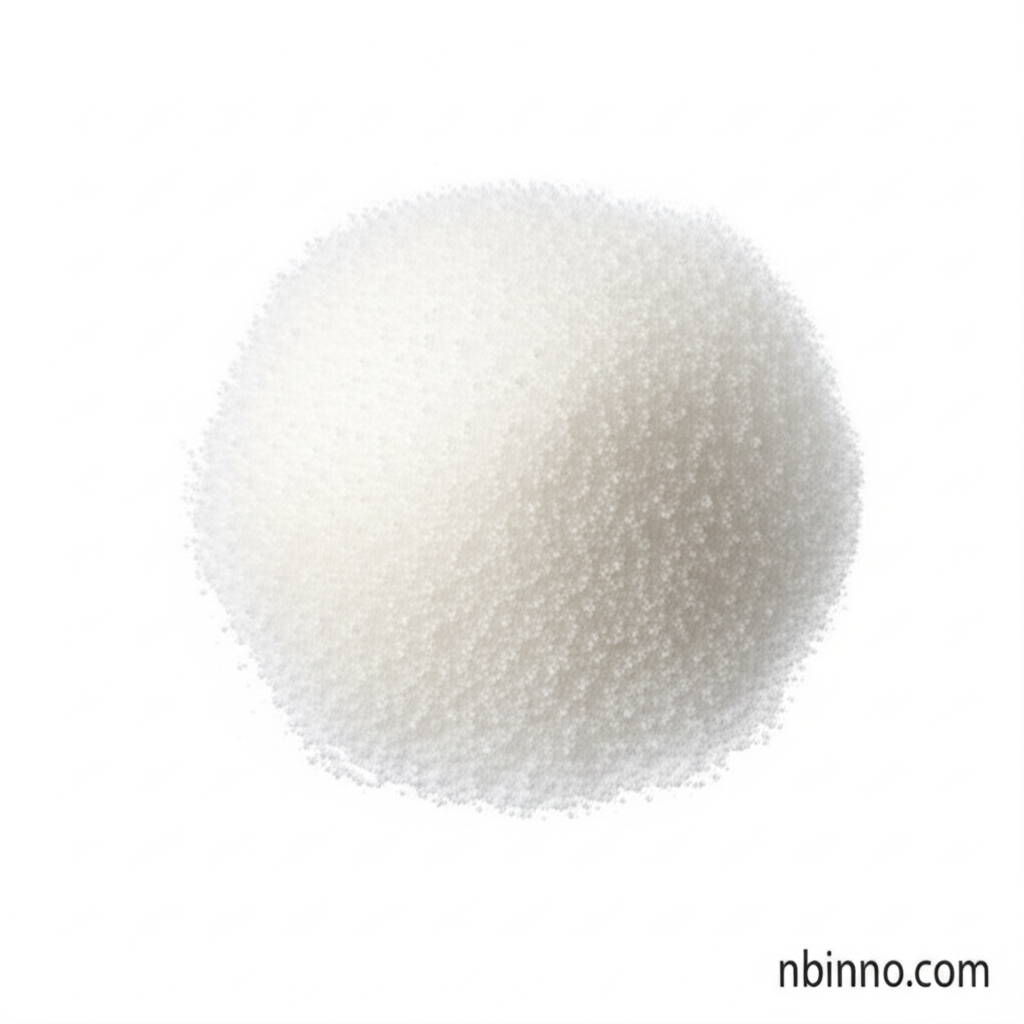Sodium Alginate: A Fundamental Raw Material for Diverse Industries
Discover the multifaceted applications of this natural polysaccharide, enhancing products from food to pharmaceuticals.
Get a Quote & SampleProduct Core Value

Sodium Alginate
Sodium alginate is an indispensable natural polysaccharide derived from seaweed, prized for its exceptional thickening, gelling, and stabilizing capabilities. Its versatility makes it a premier choice across numerous industrial sectors, from enhancing food textures to facilitating advanced drug delivery systems.
- Explore the uses of sodium alginate in food for texture enhancement, as it provides smooth flow properties and can be adjusted for thixotropic behavior.
- Utilize sodium alginate for wound dressing applications, where its high water absorption capacity and gel-forming abilities promote moist healing environments.
- Consider buy sodium alginate powder for pharmaceutical applications, serving as a carrier for sustained-release formulations and an excipient in tablets for faster disintegration.
- Understand the importance of sodium alginate textile printing applications, where its viscosity aids in dye penetration for uniform dyeing processes.
Key Advantages
Biocompatibility & Biodegradability
As a natural material, sodium alginate is recognized for its excellent biocompatibility and biodegradability, making it safe for human use and environmentally friendly, a key consideration for many pharmaceutical-grade sodium alginate applications.
Versatile Gelation Properties
The ability of sodium alginate to instantly form heat-stable gels in the presence of calcium ions is a unique property that revolutionizes applications in imitation foods, medical devices, and controlled drug release systems, offering precise control over shape and texture.
Adaptable Viscosity Grades
Available in various viscosity grades, sodium alginate can be tailored to meet specific formulation needs, whether for achieving a smooth texture in food products or ensuring optimal dye penetration in textiles, highlighting its role as a customizable food additive.
Key Applications
Food Industry
Employed as a thickener, gelling agent, and stabilizer in products like ice cream, jelly, and sauces, improving texture and mouthfeel. Its role in creating imitation foods is also notable.
Pharmaceuticals
Used in sustained-release tablets, antacid formulations, wound dressings, and as a binder, leveraging its gel-forming and viscosity-enhancing characteristics for improved drug efficacy and patient comfort.
Textile Printing
Acts as a viscosity modifier for printing pastes, ensuring precise dye penetration and sharp print definition on fabrics, contributing to efficient and high-quality textile production.
Industrial Uses
Finds application in water treatment as a flocculant, in paper sizing, and as a binder for welding rods, showcasing its broad utility as an industrial chemical raw material.
